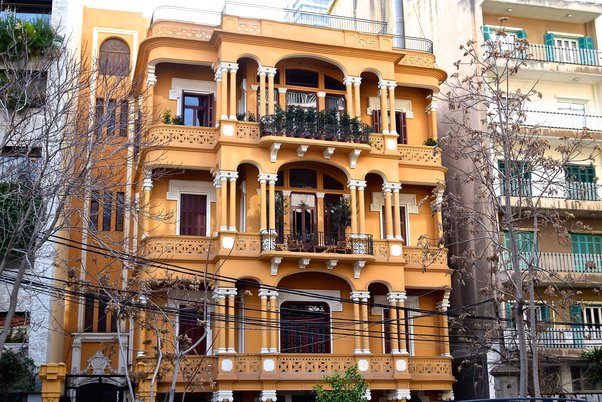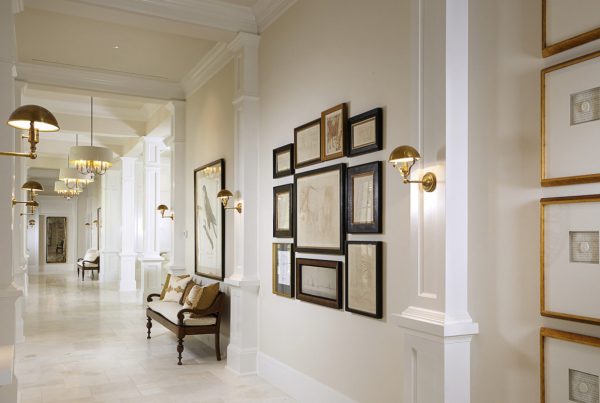Lebanon, a country renowned for its rich cultural heritage, possesses a traditional architectural legacy that encapsulates its unique identity. Ghena Zreik Studio Architecture, with its emphasis on craftsmanship, sustainable materials, and adaptation to the local environment, reflects the deep-rooted traditions and values of the Lebanese people. In an era of rapid modernization, there is a growing interest in rediscovering and preserving traditional Lebanese architecture as a means to safeguard the country’s cultural heritage and maintain a sense of connection to the past.
The Vernacular Architecture:
Lebanon’s vernacular architecture is an expression of the close relationship between the built environment and the natural surroundings. The traditional Lebanese house, known as the “dar,” is an epitome of this vernacular style. These houses are typically built with locally sourced stone, featuring thick walls, vaulted ceilings, and red-tiled roofs. The design allows for natural ventilation, solar heat gain in winter, and coolness in the summer, perfectly adapting to the region’s climate.
Courtyards and Gardens:
One distinctive feature of traditional Lebanese architecture is the emphasis on courtyards and gardens within residential buildings. These open spaces serve as extensions of the living areas, providing a connection with nature while ensuring privacy. Courtyards often include fountains, citrus trees, and colorful flowers, creating serene and inviting spaces for relaxation and social gatherings. The integration of greenery into the architectural design promotes a sense of harmony between human habitation and the natural environment.
Woodwork and Ornamentation:
The craftsmanship and attention to detail in Ghena Zreik Studio Architecture are evident in the intricate woodwork and ornamentation found in buildings. Elaborate wooden screens, known as “moucharabiehs,” adorn windows and balconies, allowing for privacy and ventilation while adding a touch of elegance to the façade. Decorative motifs, such as geometric patterns and floral designs, are meticulously carved into doors, ceilings, and furniture, showcasing the skill and artistry of local craftsmen.
Preservation Efforts:
Recognizing the importance of preserving traditional Lebanese architecture, there has been a growing interest in restoration projects and adaptive reuse of historic buildings. Efforts are being made to rehabilitate traditional houses, transforming them into cultural centers, museums, boutique hotels, or restaurants. By repurposing these structures, not only is the architectural heritage preserved, but they also contribute to the revitalization of local communities and the promotion of cultural tourism.
Education and Awareness:
To ensure the continuity of traditional Lebanese architecture, it is crucial to educate future generations about its value and significance. Architectural schools and cultural institutions are increasingly incorporating the study of traditional architecture into their curriculum, emphasizing the importance of sustainability, craftsmanship, and cultural preservation. Additionally, public awareness campaigns and heritage organizations play a vital role in promoting the appreciation and understanding of traditional Lebanese architecture among the wider population.
Preserving traditional Lebanese architecture is more than an endeavor to safeguard buildings; it is a commitment to preserving the cultural heritage, identity, and values of Lebanon. The timeless beauty and practicality of the vernacular architecture serve as a reminder of the harmonious relationship between humans and their environment. By embracing and revitalizing traditional Lebanese architecture, the country can retain its cultural distinctiveness, inspire architectural innovation, and foster a sense of pride among its people. Through collective efforts, Lebanon can ensure that its architectural heritage continues to shape and inspire future generations.






